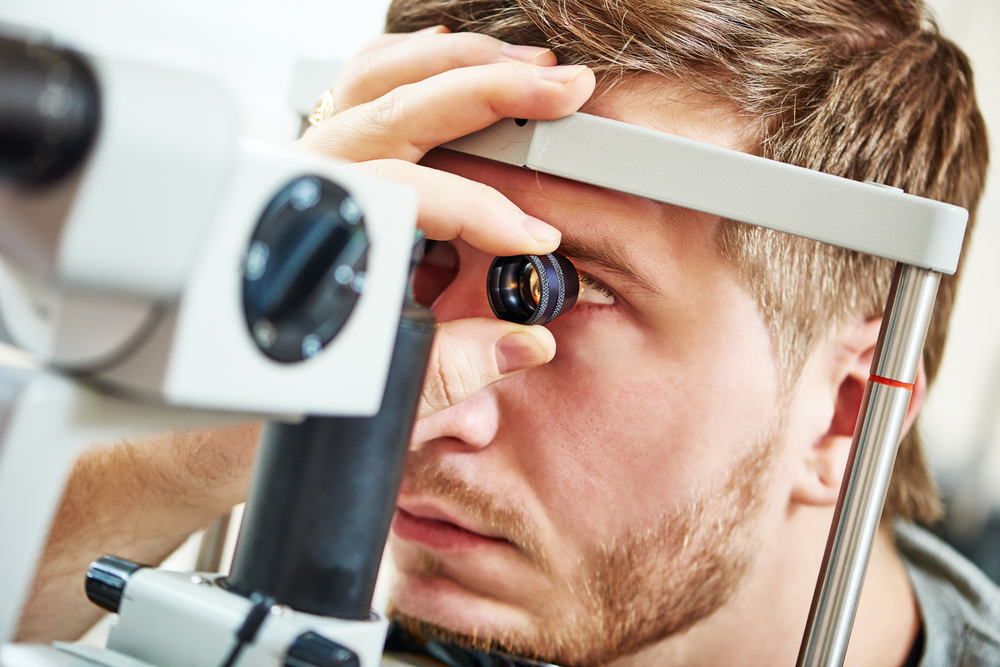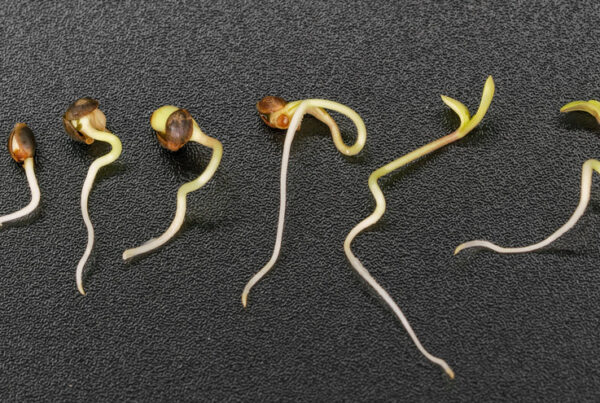Glaucoma, a condition that impacts the optic nerve, is one of the causes of irreversible blindness globally. While conventional treatments offer relief, they often fail to address the root cause. However, recent research indicates promising outcomes of using cannabis as a treatment for glaucoma. In this blog, we discuss how cannabis can bring benefits to individuals with glaucoma and highlight its potential as an option.
Understanding Glaucoma
Before delving into the advantages of cannabis, it is crucial to grasp the mechanics of glaucoma. Elevated intraocular pressure (IOP) stands as the primary cause of glaucoma and gradually damages the optic nerve over time.
As the optic nerve transmits information from the eye to the brain, damage to this nerve can adversely influence vision.
The Role of Cannabis in Treating Glaucoma
Research studies have demonstrated that cannabis can effectively reduce IOP by interacting with receptors within our eyes. THC (tetrahydrocannabinol), a primary compound present in cannabis, possesses the capability to lower IOP by enhancing drainage from the eye and reducing its production.
This mechanism brings needed relief for individuals combating glaucoma.
Comparing Cannabis to Conventional Treatments
When it comes to managing glaucoma, traditional treatments, such as eye drops and surgery, are aimed at controlling the intraocular pressure (IOP). However, they often bring about side effects such as a burning or stinging sensation and changes in vision clarity. Additionally, these methods do not address factors that contribute to the progression of glaucoma.
Cannabis takes a more holistic approach by not only targeting IOP but also addressing other mechanisms related to optic nerve damage and inflammation. By harnessing the properties of cannabinoids, patients may experience significant improvements in their overall eye health compared to conventional treatment options.
Determining the Appropriate Dosage:
When it comes to using cannabis for glaucoma patients, determining the dosage requires specific consideration. It is crucial for individuals to consult with healthcare professionals who have experience with cannabis-based therapies. Factors such as THC concentration, delivery methods (such as edibles, vaping, or tinctures), and frequency of use should be discussed thoroughly in order to achieve results while minimizing side effects.
Possible Side Effects
Like any medication, cannabis may come with mild side effects that need to be taken into account. These can include mouth, red eyes, dizziness, and, in some cases, an increased heart rate or feelings of anxiety.
However, it’s crucial to remember that these side effects can differ from person to person and can often be managed by adjusting the dosage or changing the method of administration.
Legal Considerations
Before considering cannabis as a treatment option for glaucoma, it is important to understand the legal status of cannabis in your area. Laws governing medical and recreational marijuana use can vary both regionally and globally. It is vital for both patients and healthcare providers to ensure compliance with regulations.
Important Factors to Consider for Treatment
While cannabis may help manage glaucoma, there are limitations and factors to consider while consuming it.
Firstly, the effects of cannabis on intraocular pressure (IOP) may only last for a few hours. This means frequent consumption throughout the day may be necessary to maintain consistent relief. Additionally, individual responses to cannabis can vary, with some patients experiencing no reduction in IOP.
It’s also important to monitor treatment effectiveness and make adjustments.
Another consideration is the effects of THC, which can potentially interfere with a person’s daily activities.
For patients who prefer to avoid these side effects, exploring CBD (cannabidiol) products may be a good idea.
Beyond Treatments: Better Lifestyle for a Better Ocular Health
While cannabis has been found to offer relief for individuals with glaucoma, it’s equally important to adopt lifestyle practices that promote eye health. These practices can work alongside cannabis-based therapies and enhance their benefits.
a) Taking Care of Your Eyes: Regular eye examinations are crucial for detecting and managing glaucoma. With regular check-ups, you can monitor changes in pressure (IOP) levels and ensure the overall health of your eyes.
b) Maintaining a Healthy Diet: A balanced diet that includes nutrients such as vitamins A, C, E, omega-3 fatty acids, and antioxidants can help maintain optimal eye health. Incorporating leafy greens, citrus fruits, and nuts into your meals can also help improve your ocular health.
c) Engaging in Exercise: Regular physical activity promotes blood circulation throughout the body. This contributes to improved eye health while reducing factors that may lead to damage to the nerve.
d) Managing Stress Levels: Chronic stress can negatively impact different aspects of our health, including our vision. Introducing stress management techniques such as meditation or yoga into our routines can help alleviate stress levels and support ocular health.
e) Prioritizing Adequate Sleep: Quality sleep plays a vital role in maintaining the well-being of our eyes.
Getting sound sleep allows the eyes to recover from strain and promotes optimal eye function.
By incorporating these lifestyle measures in combination with suitable cannabis-based treatments, individuals may manage their glaucoma conditions.
In conclusion
Cannabis has lately been emerging as an alternative treatment option for glaucoma, with benefits in reducing intraocular pressure. However, it’s crucial to consider factors such as limitations, individual responses, appropriate dosage, legal considerations, and possible side effects associated with cannabis therapy.Working together with healthcare professionals experienced in cannabis-based treatments, patients with glaucoma can explore this avenue while also embracing supportive lifestyle measures to optimize their eye health management.Combining all the efforts and techniques can help you manage and improve your ocular health.






